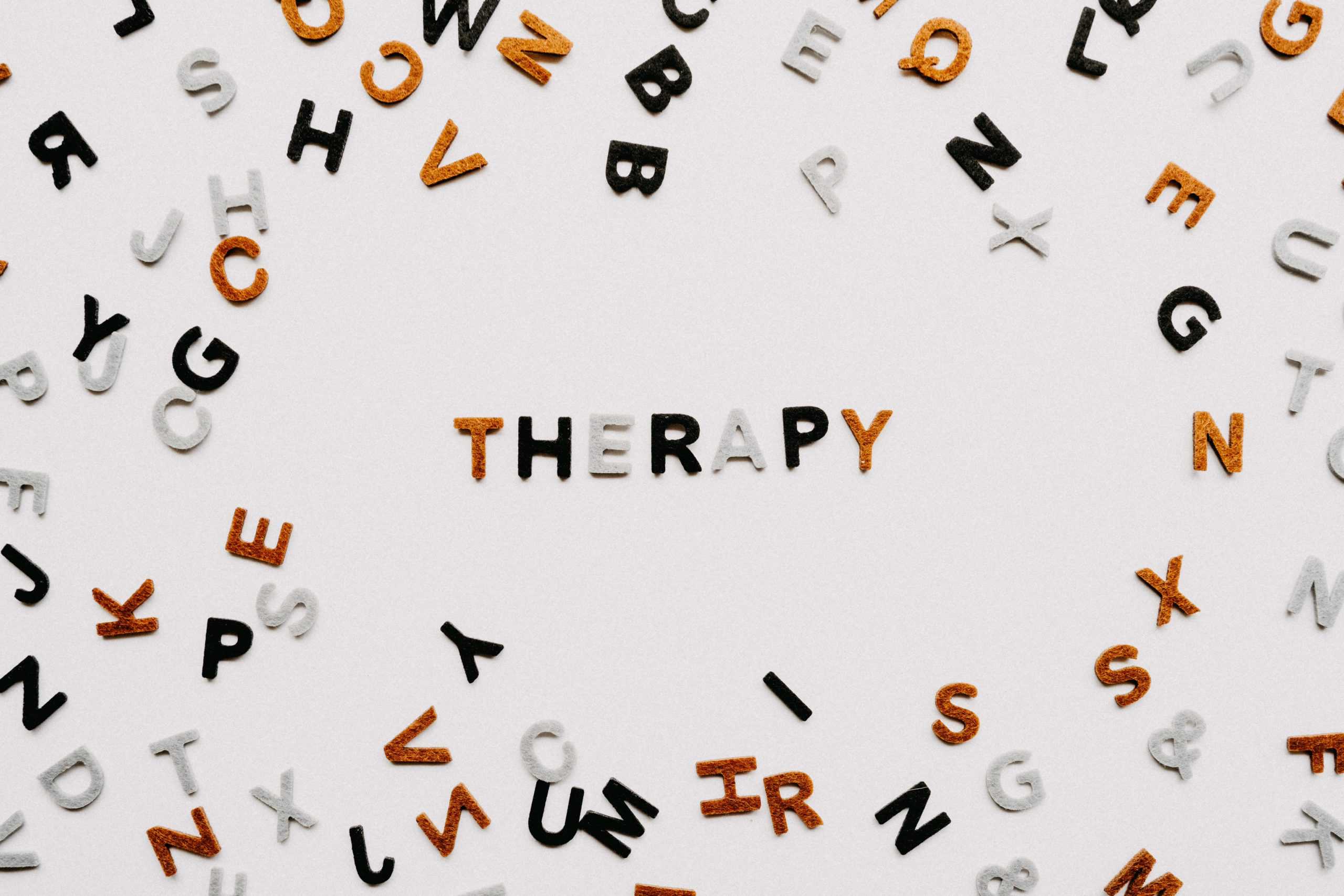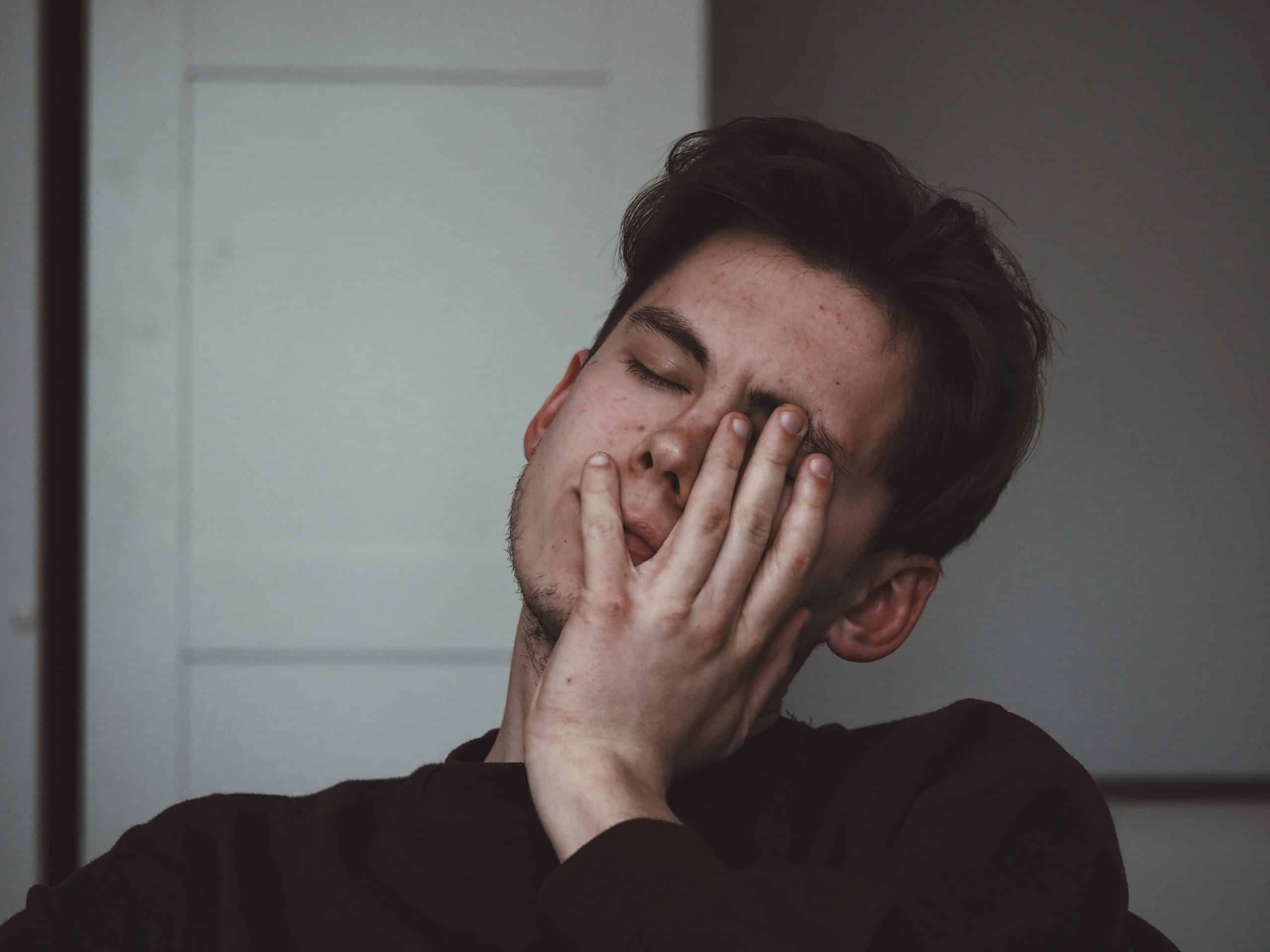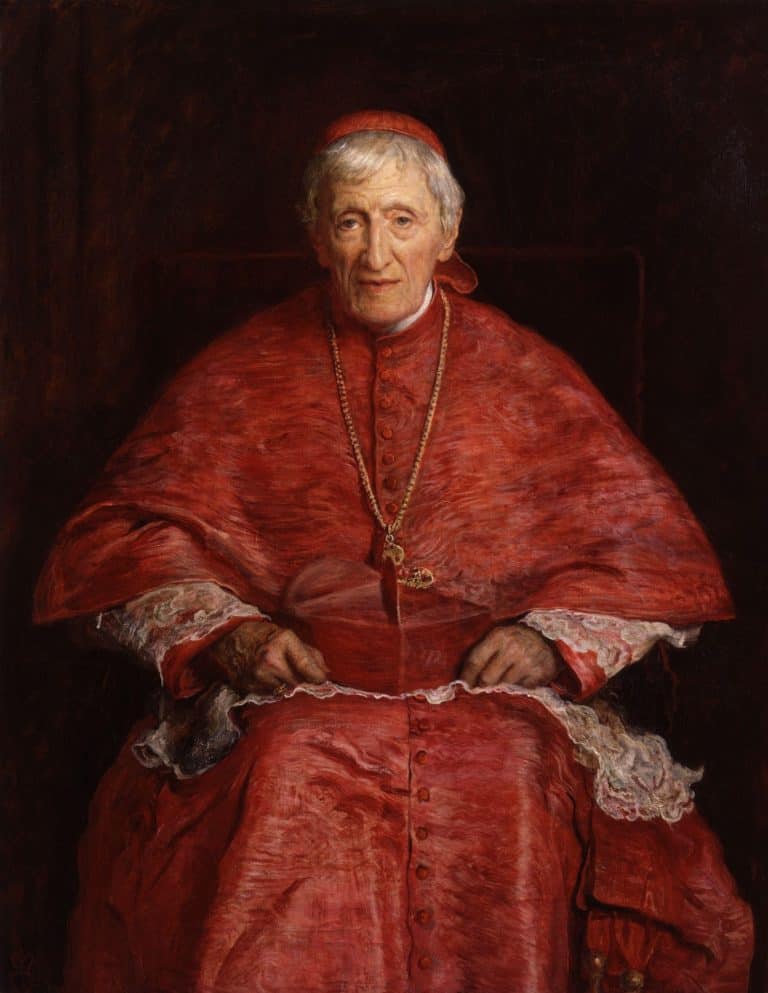Is OCD a form of PTSD?

A common misconception found in the general public is that OCD and PTSD are essentially the same thing, just worded differently. Well, I’m here to state that this notion is completely false. So, is OCD a form of PTSD?
While I could see why people may think that PTSD and OCD are one, there are similarities after all. On the contrary, there are differences also. Let’s get into it, shall we?
This post answers the common question of Is OCD a Form Of PTSD?
What is PTSD
PTSD stands for Post-Traumatic Stress Disorder. It is a mental health condition that can develop in some people after they have experienced or witnessed a traumatic event.
PTSD or Post-traumatic stress disorder is a psychiatric disorder that may occur in people who have experienced or witnessed a traumatic event. Well what is a “traumatic event”? “When the event, or series of events, causes a lot of stress”, it becomes a traumatic event according to the CDC.
PTSD can occur in individuals of any age, gender, or background, and it can affect anyone who has been through a traumatic experience, such as combat, natural disasters, accidents, physical or sexual assault, or any other event that involves a threat to one’s life or safety.
People with PTSD often continue to experience distressing and intrusive thoughts, memories, or flashbacks of the traumatic event. They may also have nightmares, feel intense fear or anxiety, and have a heightened sense of alertness or hypervigilance.
Avoidance is another common symptom, where individuals may try to avoid people, places, or situations that remind them of the traumatic experience. They may also experience negative changes in mood and cognition, such as feelings of guilt, shame, detachment from others, or difficulty concentrating.
PTSD symptoms can significantly interfere with daily life, relationships, and overall well-being. The disorder can be chronic, lasting for months or even years, and it may worsen if left untreated. However, with proper diagnosis and treatment, many people with PTSD can experience improvement and lead fulfilling lives.
It’s important to note that experiencing a traumatic event does not automatically mean someone will develop PTSD. The development of the disorder depends on various factors, including the severity of the trauma, individual resilience, and the presence of support systems.
If you or someone you know is struggling with PTSD symptoms, it is recommended to seek help from a mental health professional, who can provide a proper diagnosis and guide you towards appropriate treatment options.
Related Article(s) – OCD and Comorbid Disorders
Examples of PTSD

Re-Experiencing Symptoms
Individuals with PTSD may have intrusive thoughts, memories, or nightmares related to the traumatic event. They may also experience distressing flashbacks, where they feel as if they are reliving the trauma. These re-experiencing symptoms can be triggered by various reminders or cues associated with the traumatic event.
Avoidance Symptoms
People with PTSD often try to avoid anything that reminds them of the trauma. This may involve avoiding certain places, people, activities, or conversations that could trigger distressing memories or emotions. They may also avoid talking or thinking about the traumatic event altogether.
Hyperarousal Symptoms
Individuals with PTSD may constantly feel on edge or have a heightened sense of alertness. They may have difficulty sleeping, experience irritability or anger outbursts, and be easily startled. This hyperarousal can make it challenging to relax or concentrate on daily tasks.
Negative Changes in Mood and Cognition
PTSD can cause significant changes in an individual’s mood and thinking patterns. They may experience persistent negative emotions such as fear, guilt, shame, or anger. They may also have distorted thoughts about themselves, others, or the world around them. This can lead to feelings of detachment from loved ones or a loss of interest in previously enjoyed activities.
Physical Symptoms
Alongside psychological symptoms, individuals with PTSD may also experience physical manifestations such as headaches, digestive issues, chronic pain, or an increased vulnerability to illnesses due to the impact of prolonged stress on the body.
Co-Occurring Disorders
PTSD commonly co-occurs with other mental health conditions such as depression, anxiety disorders, substance abuse, or other trauma-related disorders. These comorbid conditions can further complicate the individual’s overall well-being and require additional treatment considerations.
It’s important to remember that PTSD symptoms can vary widely between individuals and may change over time. If you suspect that you or someone you know may have PTSD, it is crucial to seek professional help from a mental health provider who can assess and provide appropriate diagnosis and treatment options tailored to the specific needs of the individual.
Download Your FREE OCD Worksheets Today!
Treatment of PTSD

There are several effective treatments available for PTSD. The choice of treatment depends on the individual’s specific needs, preferences, and the recommendations of their healthcare provider.
Here are some commonly used treatments for PTSD:
Cognitive Behavioral Therapy (CBT)
CBT helps individuals identify and change negative thought patterns and behaviors related to their traumatic experience. It often involves techniques such as exposure therapy, where individuals gradually confront the memories and situations that trigger their PTSD symptoms in a safe and controlled manner.
Eye Movement Desensitization and Reprocessing (EMDR)
EMDR combines elements of CBT with guided eye movements or other forms of bilateral stimulation. This therapy helps individuals process traumatic memories and reduce their emotional intensity.
Prolonged Exposure (PE) Therapy
PE involves gradually confronting trauma-related memories, thoughts, and situations that have been avoided. Through repeated exposure, individuals can learn to decrease their fear and anxiety responses.
Trauma-Focused Cognitive Behavioral Therapy (TF-CBT)
TF-CBT is a specific form of therapy designed for children and adolescents with PTSD. It incorporates elements of CBT with age-appropriate techniques to help young individuals process and cope with their traumatic experiences.
Medications
Certain medications can be prescribed to manage PTSD symptoms. Selective Serotonin Reuptake Inhibitors (SSRIs) and Serotonin-Norepinephrine Reuptake Inhibitors (SNRIs) are commonly used to alleviate symptoms such as depression, anxiety, and intrusive thoughts. Other medications, such as prazosin, may be prescribed to help manage nightmares and sleep disturbances.
Group Therapy and Support Groups
Group therapy provides a supportive and empathetic environment where individuals with PTSD can share their experiences, learn coping strategies, and receive validation from others who have gone through similar situations. Support groups, whether in-person or online, can also provide a sense of community and understanding.
Self-Help Strategies
There are various self-help strategies that individuals with PTSD can practice alongside professional treatment. These may include relaxation techniques, mindfulness exercises, physical exercise, journaling, creative outlets, and maintaining a healthy lifestyle.
Complementary and Alternative Therapies
Some individuals find benefit from complementary and alternative therapies, such as acupuncture, yoga, meditation, or animal-assisted therapy. These approaches can help reduce stress, promote relaxation, and enhance overall well-being. It’s important to discuss these options with a healthcare provider to ensure they are safe and appropriate.
Remember, treatment for PTSD is not one-size-fits-all, and it may take time to find the most effective approach. It’s crucial to work closely with a qualified mental health professional to develop an individualized treatment plan and receive the necessary support.
Related Articles – Is OCD Treatable Without Medication?
What is OCD
OCD stands for Obsessive-Compulsive Disorder. It is a mental health disorder characterized by the presence of obsessions and/or compulsions that significantly impact a person’s daily life. OCD affects people of all ages and can develop in childhood, adolescence, or adulthood.
Obsessions are intrusive and unwanted thoughts, urges, or mental images that cause significant anxiety or distress. These obsessions are persistent and difficult to control. Common obsessions may revolve around concerns about contamination, a need for symmetry or order, aggressive or violent thoughts, or excessive doubts about everyday tasks.
Compulsions are repetitive behaviors or mental acts that individuals with OCD feel driven to perform in response to their obsessions or to prevent feared consequences. Compulsions are often intended to neutralize the anxiety or distress caused by the obsessions, although they are not realistically connected to the feared outcome.
Examples of compulsions include excessive hand washing, checking and rechecking locks or appliances, counting, arranging or rearranging items, or repeating certain phrases or prayers.
People with OCD often experience a cycle of obsessions and compulsions. The obsessions trigger intense anxiety or discomfort, leading to the performance of compulsive behaviors.
However, these compulsive behaviors provide only temporary relief and can become time-consuming and interfere with daily activities, relationships, and overall functioning.
The exact cause of OCD is not known, but research suggests that it may involve a combination of genetic, biological, and environmental factors. Imbalances in certain brain chemicals, such as serotonin, are also believed to play a role in the development of OCD.
It’s important to note that OCD is a chronic condition that varies in severity and can wax and wane over time. It can also coexist with other mental health disorders, such as depression, anxiety disorders, or eating disorders.
If you suspect that you or someone you know may have OCD, it is important to seek professional help from a mental health provider for an accurate diagnosis and to develop an appropriate treatment plan.
Related Articles – Intrusive Thoughts In OCD
Examples of OCD

Here are some examples of common obsessions and compulsions seen in individuals with OCD:
Obsessions:
- Contamination: Fear of germs, dirt, or toxins, leading to excessive handwashing, avoiding public places, or excessive cleaning.
- Symmetry and Order: A need for things to be arranged or aligned perfectly, such as arranging items symmetrically, counting objects, or following strict routines.
- Fear of Harm: Intrusive thoughts or fears of causing harm to oneself or others, resulting in repeated checking behaviors, seeking reassurance, or avoiding certain situations.
- Unwanted Taboo Thoughts: Disturbing or aggressive thoughts or images that go against one’s moral or ethical beliefs, leading to distress and attempts to suppress or neutralize them.
- Fear of Making a Mistake: Excessive concern about making an error, resulting in repetitive checking, reviewing, or asking for reassurance.
Compulsions:
- Checking: Checking and rechecking locks, appliances, or switches to ensure they are turned off or locked.
- Cleaning and Washing: Excessive handwashing, showering, or cleaning rituals to reduce fears of contamination.
- Counting and Repeating: Counting or repeating certain words, phrases, or actions a specific number of times to achieve a sense of completeness or to prevent harm.
- Arranging and Organizing: Rearranging objects or belongings until they feel “just right” or maintaining strict order and symmetry in one’s environment.
- Mental Rituals: Engaging in mental rituals, such as repeating prayers or silently reciting specific phrases, to counteract or neutralize intrusive thoughts.
It’s important to note that these are just examples, and OCD symptoms can vary widely between individuals. OCD may involve different themes or combinations of obsessions and compulsions. Furthermore, the severity of symptoms can also vary, ranging from mild to severe.
Related Article(s) – Is OCD Treatable Without Medication?
Treatment of OCD

Cognitive Behavioral Therapy (CBT)
CBT is a type of therapy that focuses on identifying and modifying patterns of thinking and behavior that contribute to OCD symptoms.
Exposure and Response Prevention (ERP)
ERP involves gradually exposing individuals to the situations, thoughts, or objects that trigger their obsessions while preventing the accompanying compulsive behaviors. Through repeated and prolonged exposure to these triggers, individuals learn to tolerate the anxiety and distress without engaging in the compulsions. Over time, the anxiety associated with the obsessions decreases, and the cycle of OCD is broken.
Cognitive Restructuring
This technique involves identifying and challenging distorted or irrational thoughts related to OCD. Individuals learn to replace these thoughts with more realistic and adaptive ones. Cognitive restructuring helps reduce anxiety and the urge to engage in compulsive behaviors.
Medication
In some cases, medication may be prescribed alongside therapy to help manage OCD symptoms. Selective Serotonin Reuptake Inhibitors (SSRIs), such as fluoxetine, sertraline, or fluvoxamine, are commonly used to regulate serotonin levels in the brain, which can reduce obsessions and compulsions. It’s important to work closely with a healthcare provider to determine the appropriate medication and dosage.
Combination Therapy
Combining medication and therapy can often produce better outcomes than either treatment alone, especially for individuals with moderate to severe OCD symptoms.
Support Groups
Joining a support group or participating in group therapy can provide a sense of community, understanding, and validation for individuals with OCD. Sharing experiences and learning from others who face similar challenges can be beneficial in managing symptoms.
Self-Help Strategies
There are various self-help strategies individuals with OCD can incorporate into their daily lives. These may include stress reduction techniques, mindfulness exercises, relaxation exercises, and maintaining a balanced lifestyle with regular exercise, adequate sleep, and healthy coping mechanisms.
Family Involvement
Involving family members or close friends in the treatment process can help provide support, enhance understanding of OCD, and facilitate a conducive environment for recovery.
It’s important to note that treatment for OCD is highly individualized, and the specific approach may vary depending on the individual’s needs and preferences. Working with a mental health professional who specializes in OCD can help tailor the treatment plan to address the unique challenges and goals of each person.
Related Articles – Can Art Therapy Help OCD?
Relationship between PTSD and OCD

OCD (Obsessive-Compulsive Disorder) and PTSD (Post-Traumatic Stress Disorder) are two distinct mental health disorders, but they can coexist or be related in certain cases.
Here are a few points to understand the relationship between OCD and PTSD:
Co-Occurrence
Research suggests that individuals with PTSD are more likely to also experience symptoms of OCD. Studies have found a higher prevalence of OCD symptoms in individuals with PTSD compared to the general population. However, it’s important to note that not everyone with PTSD will develop OCD, and vice versa.
OCD and PTSD share some common symptoms, such as intrusive thoughts and anxiety. Intrusive thoughts and distressing mental images can occur in both disorders. For example, individuals with PTSD may experience distressing flashbacks or nightmares related to their traumatic event, while individuals with OCD may have intrusive thoughts that go against their values or beliefs. However, the content and context of these thoughts differ between the two disorders.
Trauma as a Trigger
In some cases, a traumatic event can trigger or exacerbate OCD symptoms. For instance, individuals who already have a predisposition to OCD may find that their symptoms become more prominent or focused on the trauma they experienced. The trauma can serve as a catalyst for the development or intensification of OCD symptoms.
Overlapping Treatment Approaches
Both OCD and PTSD can be effectively treated with exposure-based therapies, such as Exposure and Response Prevention (ERP) for OCD and Prolonged Exposure (PE) therapy for PTSD. These therapies involve gradually exposing individuals to feared situations or memories to reduce anxiety and break the cycle of avoidance and compulsive behaviors.
Differentiating Symptoms
While there may be some overlap, there are also distinct differences between OCD and PTSD. OCD is primarily characterized by obsessions and compulsions that are unrelated to a specific traumatic event, while PTSD is triggered by a traumatic experience and involves symptoms such as hypervigilance, nightmares, and avoidance behaviors specific to the traumatic event.
It’s important to remember that each person’s experience is unique, and the relationship between OCD and PTSD can vary. If you suspect that you or someone you know may be experiencing symptoms of OCD, PTSD, or both, it’s crucial to consult with a mental health professional for an accurate diagnosis and appropriate treatment recommendations tailored to the specific needs of the individual.
Related Article(s) – What are the Similarities and Differences between OCD and Autism?
Differences between PTSD and OCD
| PTSD | OCD | |
| Intrusive Thoughts | Centered around personal experiences in the past | Centered around bad outcomes in the future |
| Recurring Actions | Performed to prevent any negative emotions linked to past trauma Focus is on one thought at a time until a new idea takes its place Anxiety and stress are reduced when a specific action is completed | Actions done to prevent imaginal events from happening Thoughts are illogical and are very unrealistic but they continue to cause pain More strict set of actions performed to release stress Greatly questions actions and is doubtful about anything and everything |
| Avoidance | Doing anything it their powers to avoid and escape negative emotions related to past trauma | Avoiding specific scenarios that may set off OCD symptoms and fears |
| Reasoning | Flashbacks of painful memories, individual is constantly running away from | Trying to avoid and prevent feared imagined events and consequences |
Final Thoughts
In conclusion, OCD (Obsessive-Compulsive Disorder) and PTSD (Post-Traumatic Stress Disorder) are distinct mental health disorders with some overlapping features.
While OCD is characterized by intrusive thoughts and compulsive behaviors unrelated to trauma, PTSD is triggered by a traumatic event and involves symptoms specific to the trauma experienced.
Although they can coexist in some cases, it is crucial to recognize the differences between OCD and PTSD for accurate diagnosis and effective treatment. Seek professional help for a proper assessment and tailored treatment approach.
This post was all about The Differences And Similarities Between OCD And PTSD.





